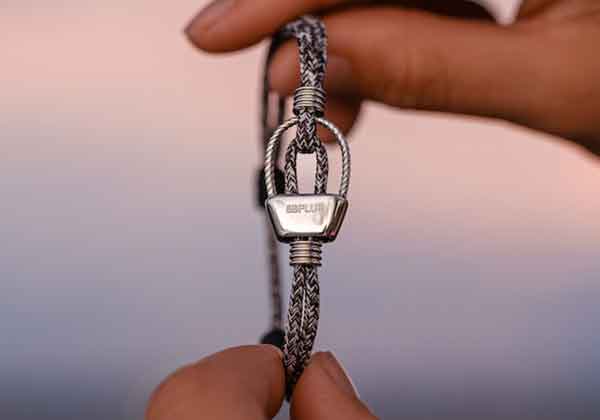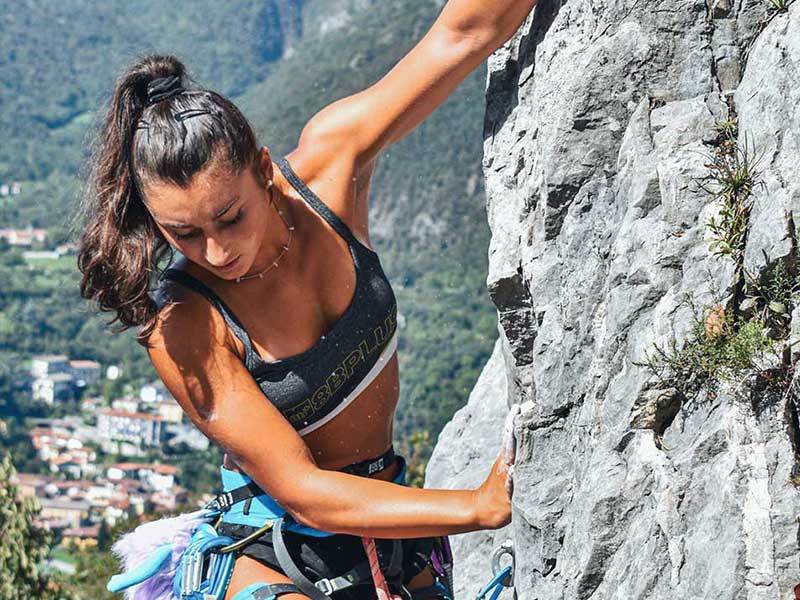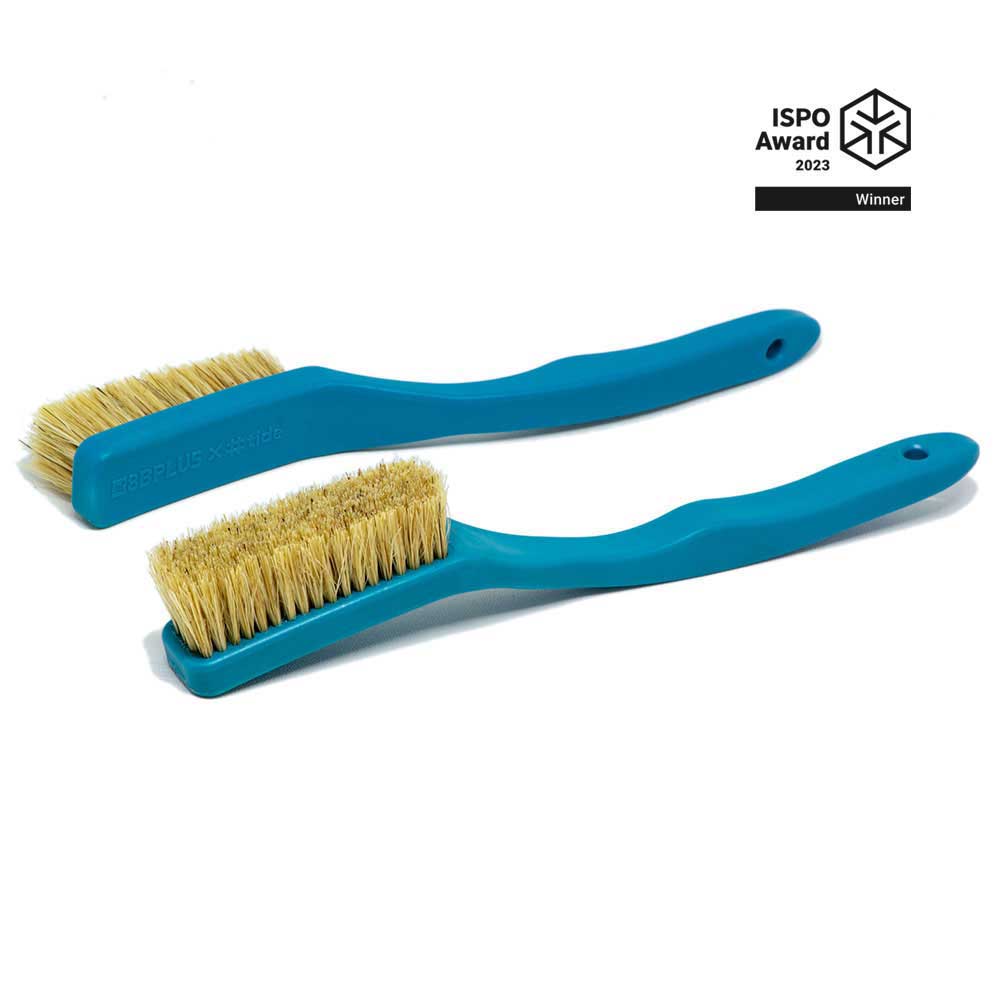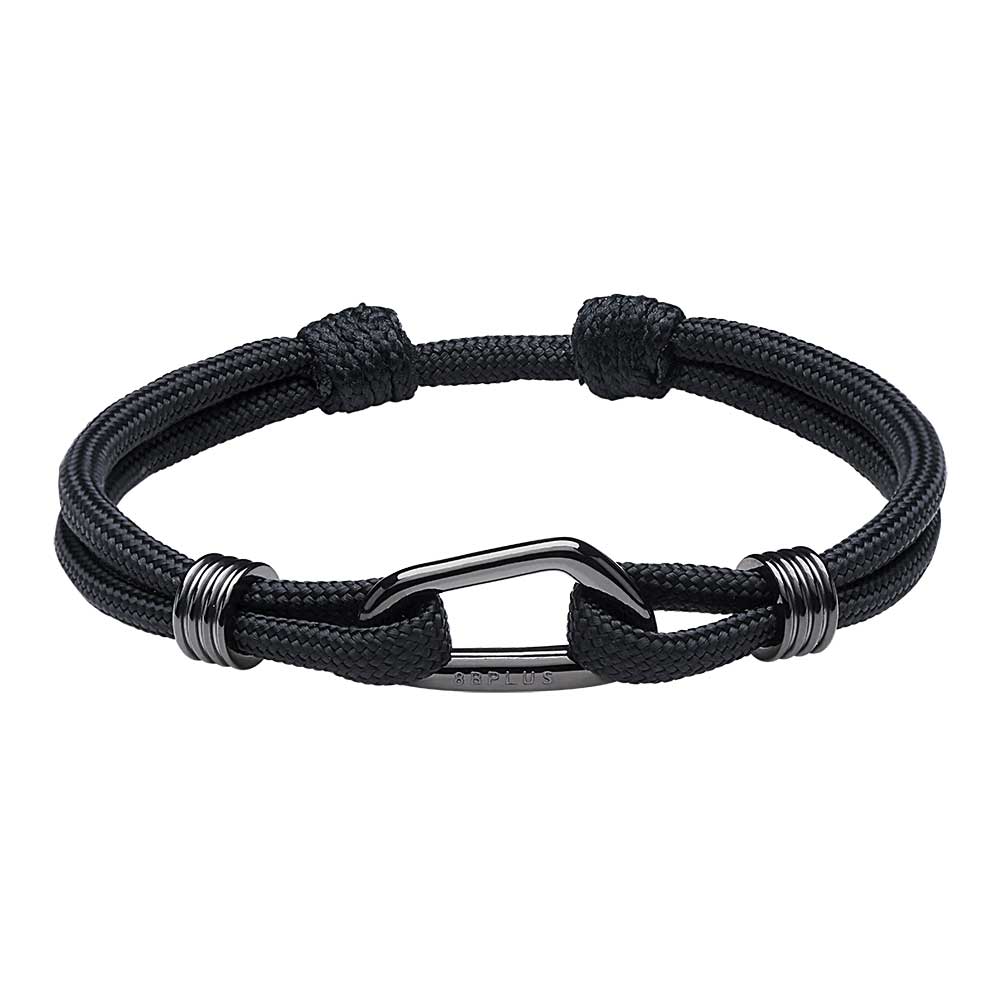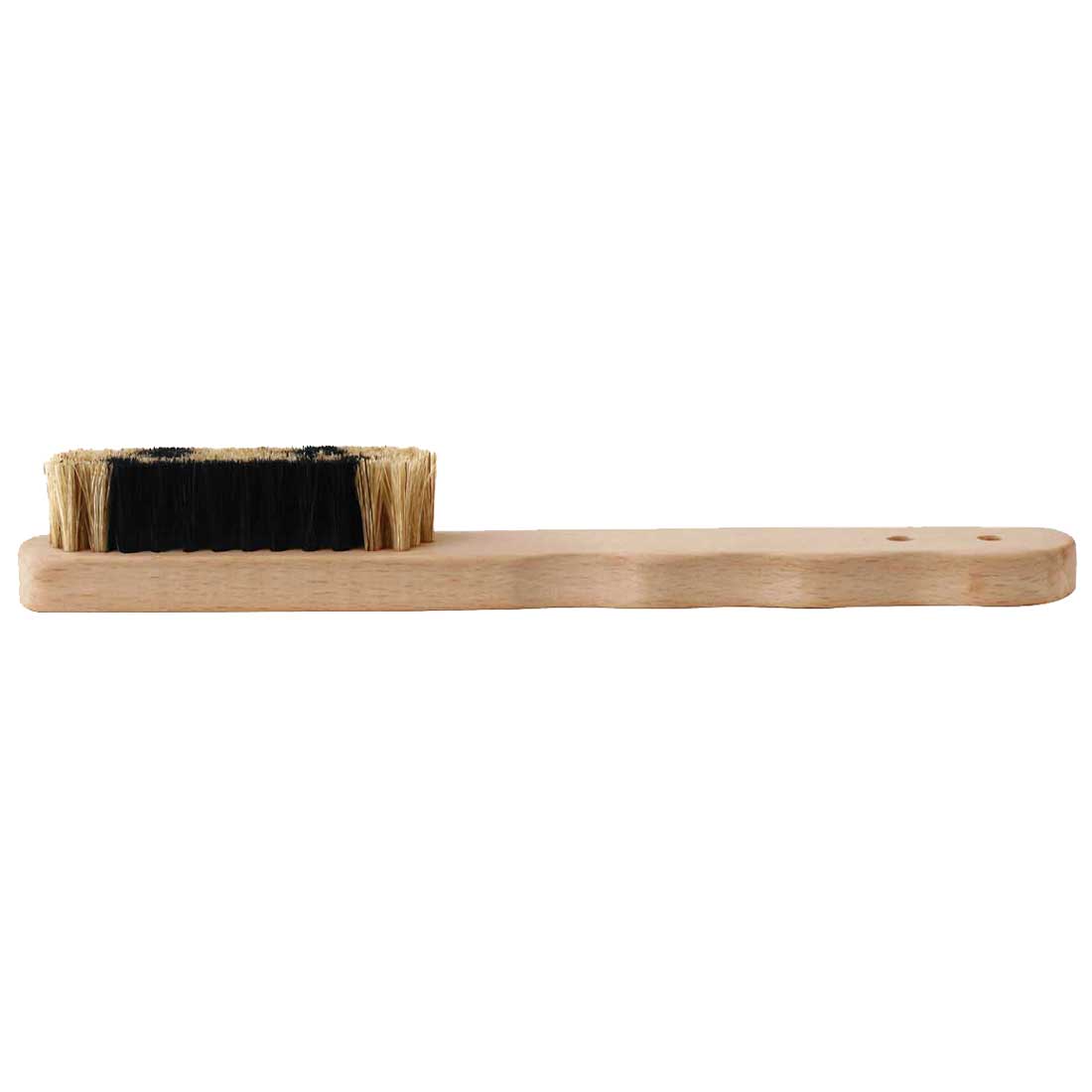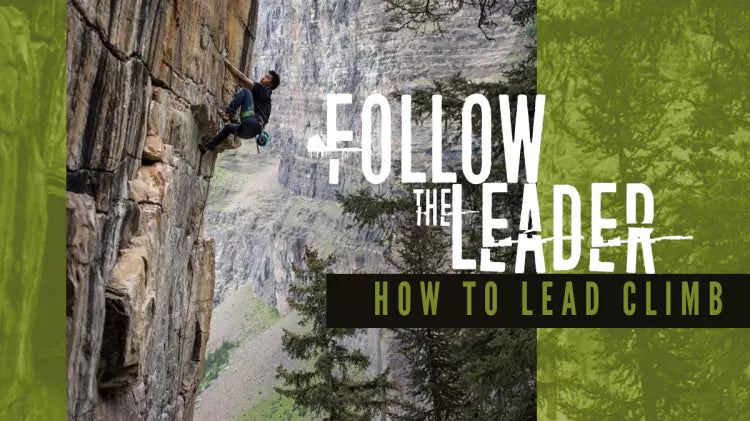
Follow the Leader: How to Lead Climb
Are you looking for an athletic activity that will not only keep you in shape but is fun to do? Lead climbing might be perfect for you.
The risk of injury is one factor that makes lead climbers find this hobby thrilling. However, when done correctly, it’s a relatively safe way to keep your body fit and active.
Of course, before you try lead climbing, you need to learn how to lead climb properly. This is paramount to avoiding injury. Lead climbing itself can be challenging, but learning how to do it the right way is likely the most challenging part.
If you’re interested in lead climbing, check out the guide below for some useful pointers.
What Is Lead Climbing?
There are several ways to climb- one of those is lead climbing. It involves one person being first to scale and hooking to protection as they climb. It requires someone behind the lead climber to belay the rope, letting it out, moving it, and holding onto it during ascension.
How to Lead Climb
Learning how to lead climb doesn’t have to be difficult, but it is challenging. There are some key things to need to remember to keep yourself safe. Those things include:
Start Small
It’s not advisable to start learning how to lead climb on a real rock face. Instead, find your local rock wall gym and start there.
With a top rope setup, you can pretend to lead climb while clipping as you go along. Although this isn’t authentically lead climbing, it will get you used to the routine. It’s essential that you become entirely comfortable with clipping before advancing to a real rock face where holds are much more difficult to place.
Advance Slowly
Once you’re ready, choose a rock face that you know extremely well and have top roped before. Make sure to aim for a limit much lower than your top roping limit.
Start with closer bolts before picking up speed and spacing them out. Don’t be afraid to place a lot of protection to reduce your fear of falling.
Practice with Gear
One of the most challenging aspects of climbing is placing your gear. Don’t forget to scout your route before the climb and note suitable places to set equipment. Ask a more experienced friend to give you feedback on your placements.
Not only is placement crucial, but setting the protection quickly and moving on to set an anchor is as well. This needs to be practiced with your belayer until it becomes second nature.
Everything Climbing
Learning how to lead climb is probably the most difficult part of the hobby. You have to take your training seriously to prevent future injury. In some cases, proper training can prevent a life or death situation.
Indoor practicing is not high stakes, but it can still lead to injury. While lead climbing is fun, it’s an activity that requires your full attention and all of your awareness. It’s a great exercise not just for your body, but your focus and concentration.
To learn more helpful climbing tips and tricks, keep visiting our blog.





